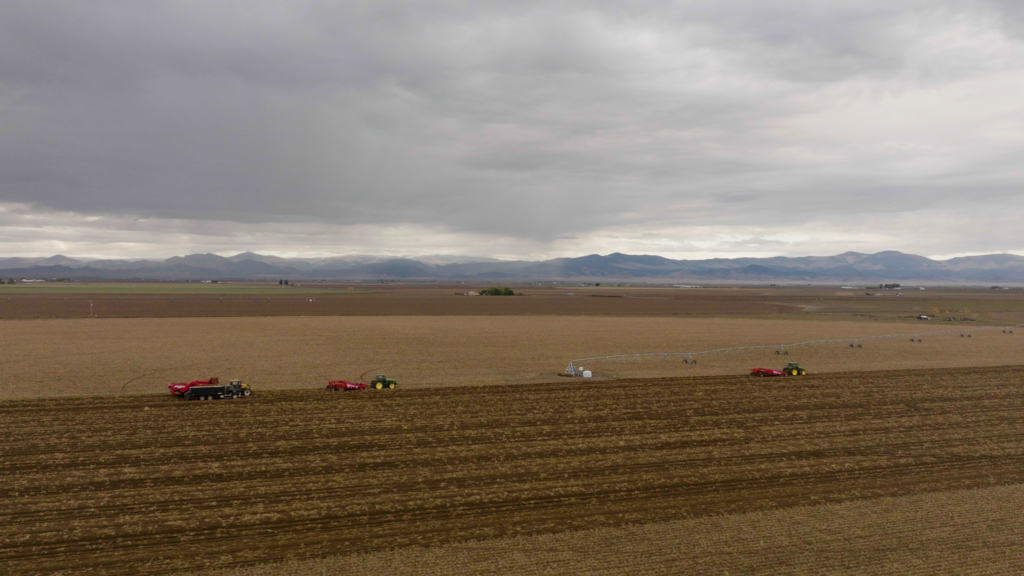What is the Southern Colorado Water Conservancy District?
In 2021, the Sustainable Water Augmentation Group, Inc. (SWAG), based in Center, Colorado, was formed to allow its member growers to continue to irrigate over 17,000 acres of productive cropland at lower augmentation costs than are anticipated under local groundwater subdistrict programs. The SWAG group had twelve members and included 257 irrigation wells. Primary irrigated crops included potatoes and alfalfa, much of it organic. The creation of SWAG was a business decision for this group of ag producers since most rely on shallow (unconfined) groundwater for their irrigation water supply.
In 2024, the same SWAG members decided to create a more formal, permanent organization and petitioned the district court of Alamosa, Rio Grande, and and Saguache counties to create the Southern Colorado Water Conservancy District (SCWCD) and the Groundwater Management Subdistrict (GMS) of the Southern Colorado Water Conservancy District.
In December 2024, the SCWCD was formally created under the Water Conservancy Act of 1937. This allowed the creation of over fifty water conservancy districts (formed by petition of local land owners), and four water conservation districts formed by the state legislature and approved by a vote of included landowners. These Colorado water districts are authorized to enter into contracts with local, state, and federal agencies, and can also enter into loans, using their property tax base as collateral. The SCWCD intends to do both: Enter into contracts with the state government for loans and with the federal government for water-related grants.

Why didn’t the twelve members of the SCWCD stay in the local groundwater subdistrict's plan of water management? There are three primary reasons:
- The SCWCD augmentation plan will be less expensive for its members. It is anticipated that the groundwater subdistrict costs will exceed $500 per acre for growers who use groundwater in the northern area of the San Luis Valley. The SCWCD plan will be less expensive since its membership can reduce groundwater usage and acquire specific surface water rights which will benefit them directly.
- The SCWCD augmentation plan will be more adapted and sustainable for members who have limited surface water resources and rely primarily on groundwater for irrigation.
- The SCWCD organization will allow the group to make hyper-local decisions which will most directly benefit its membership.
